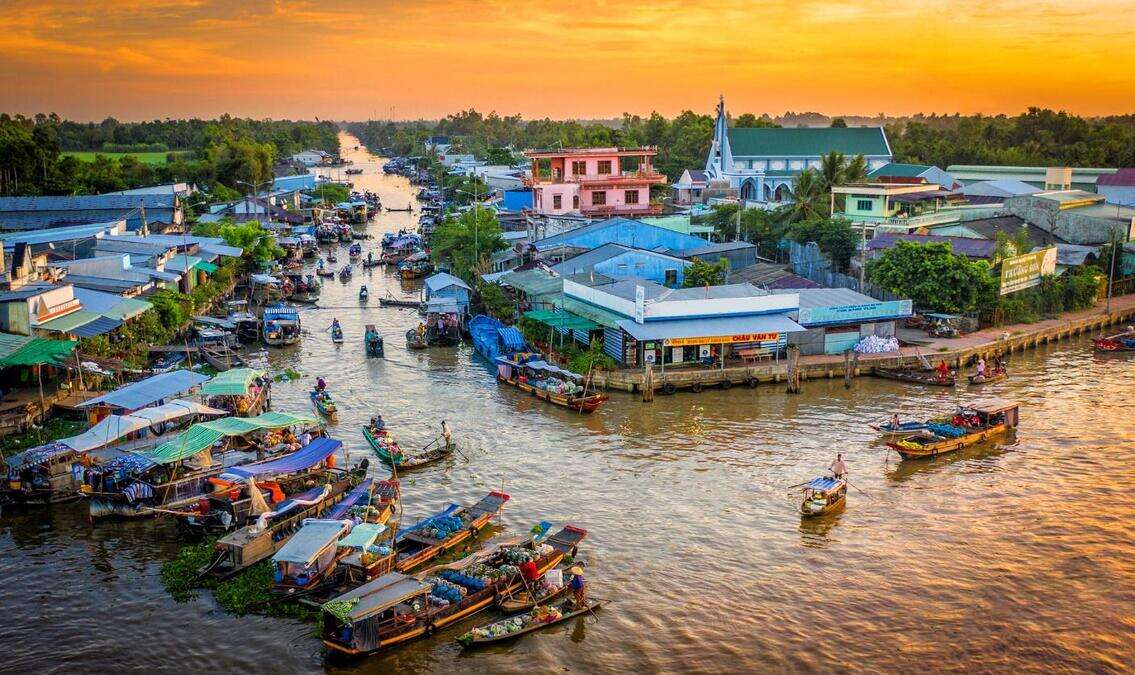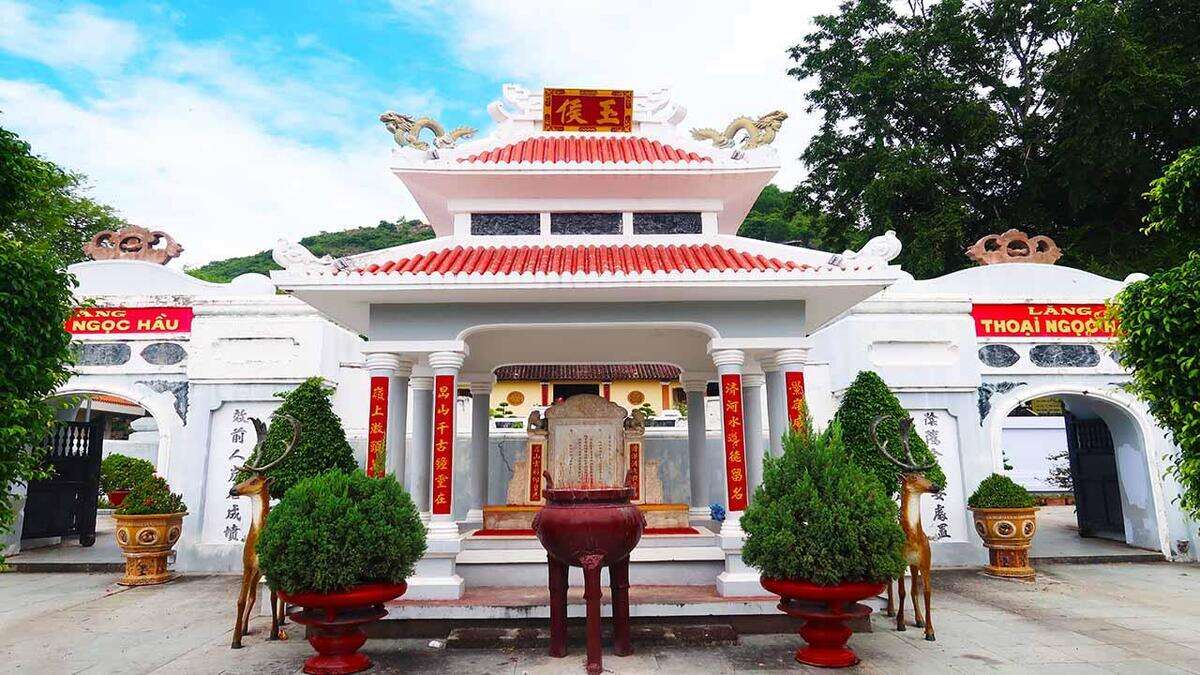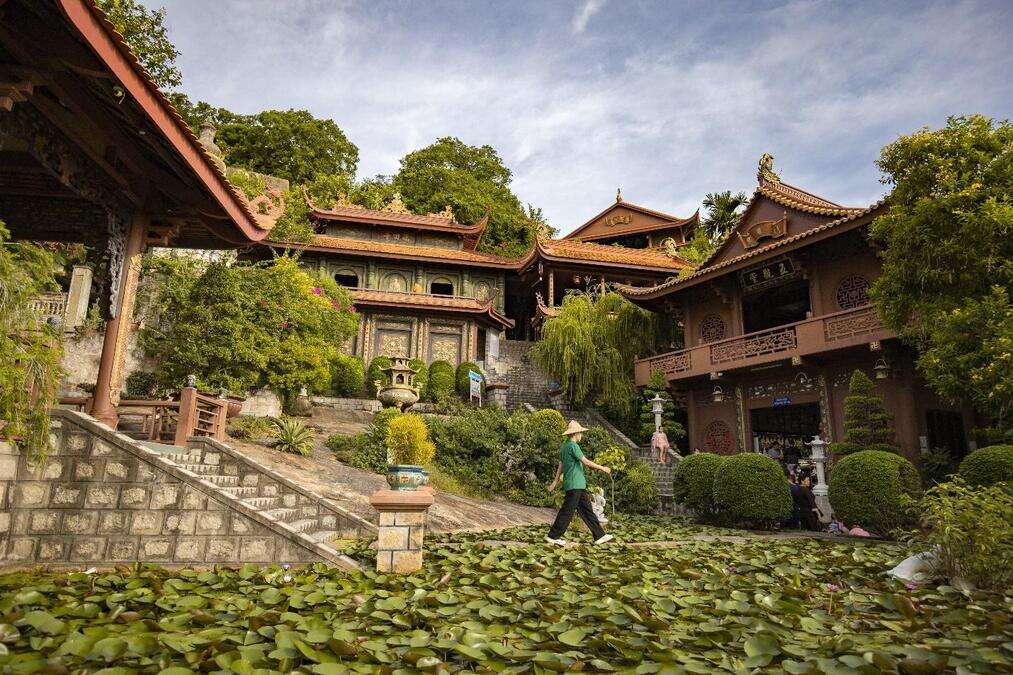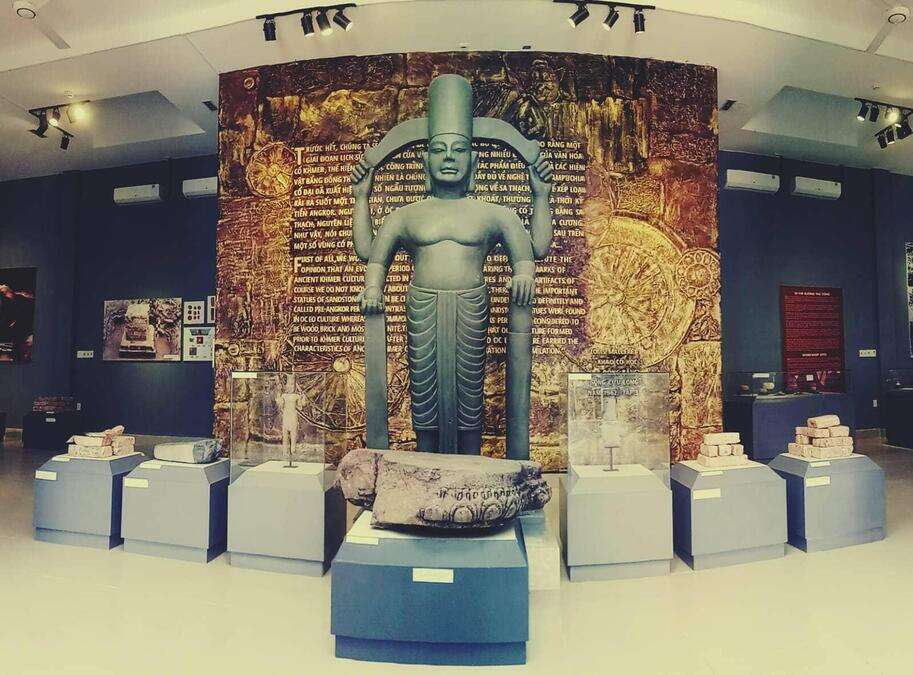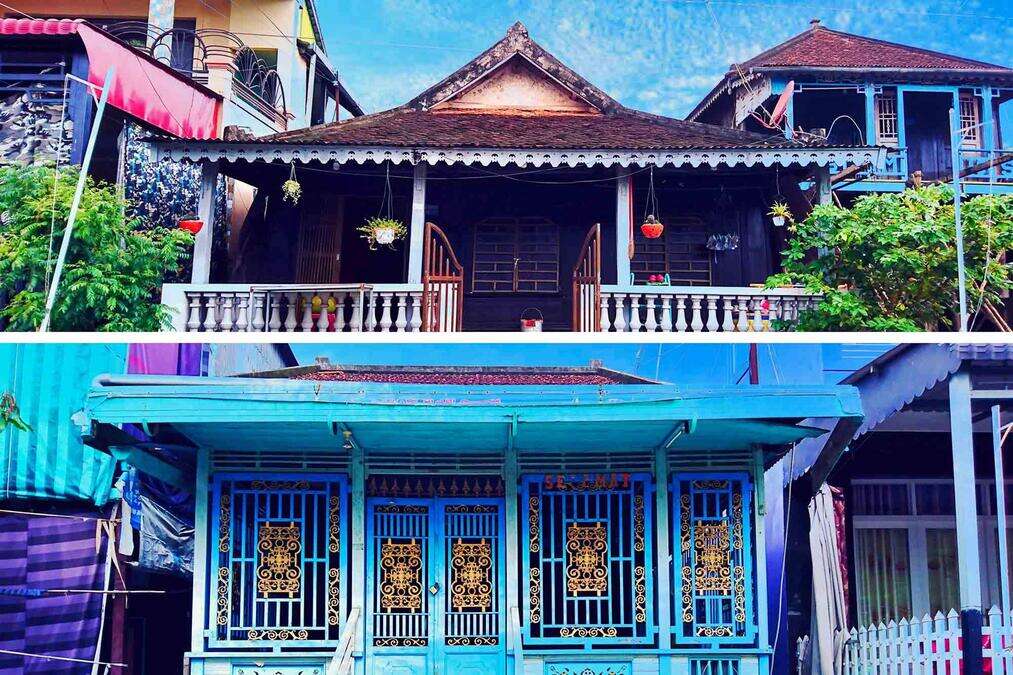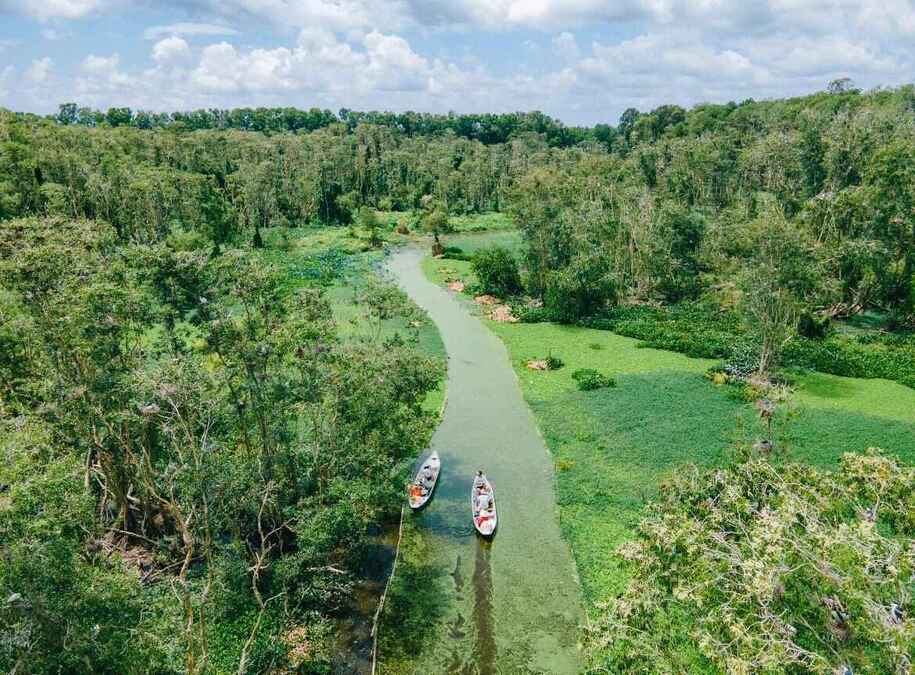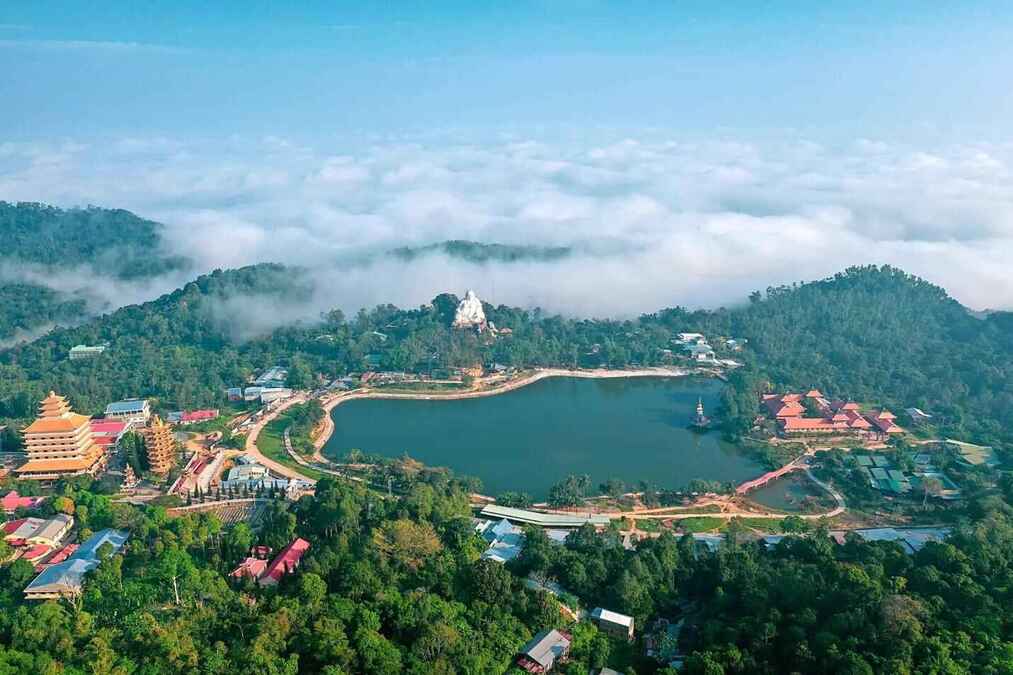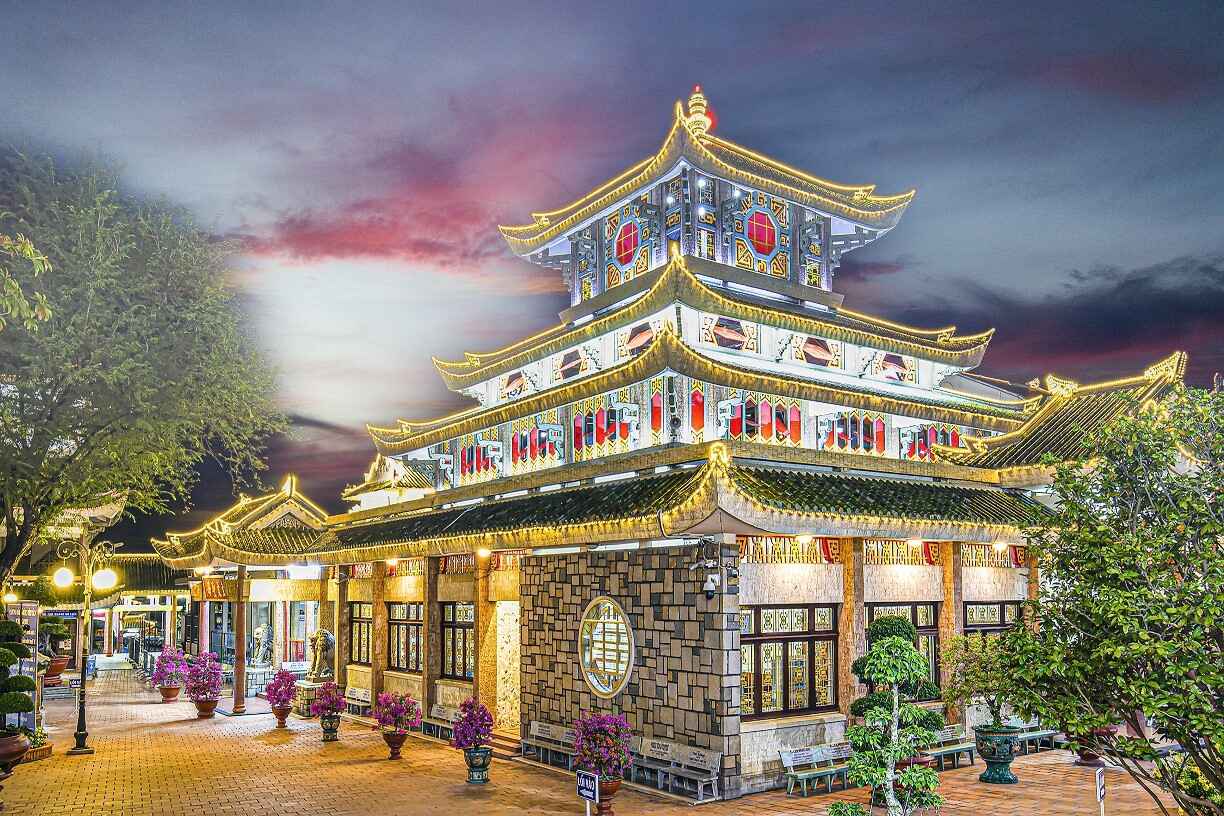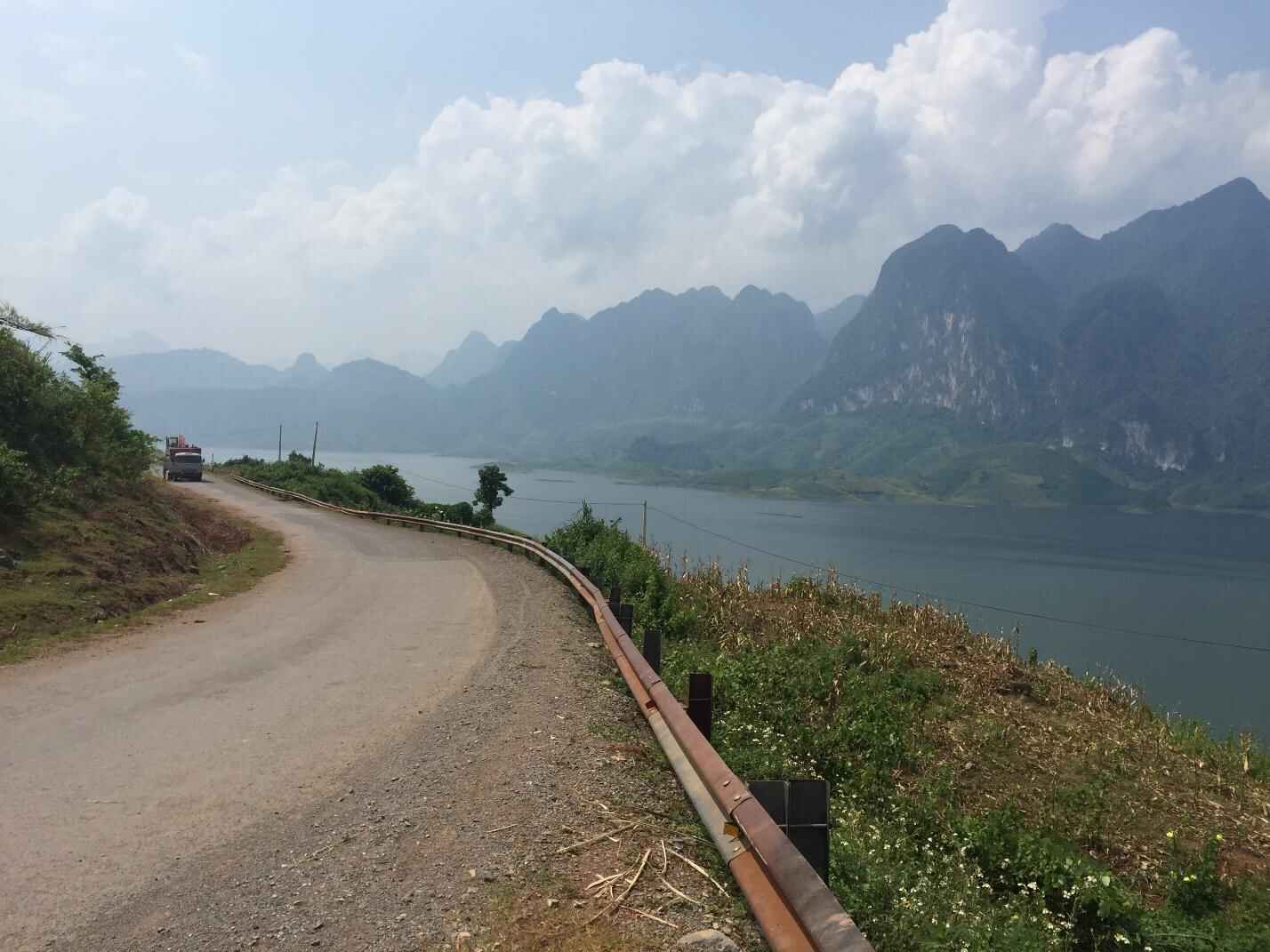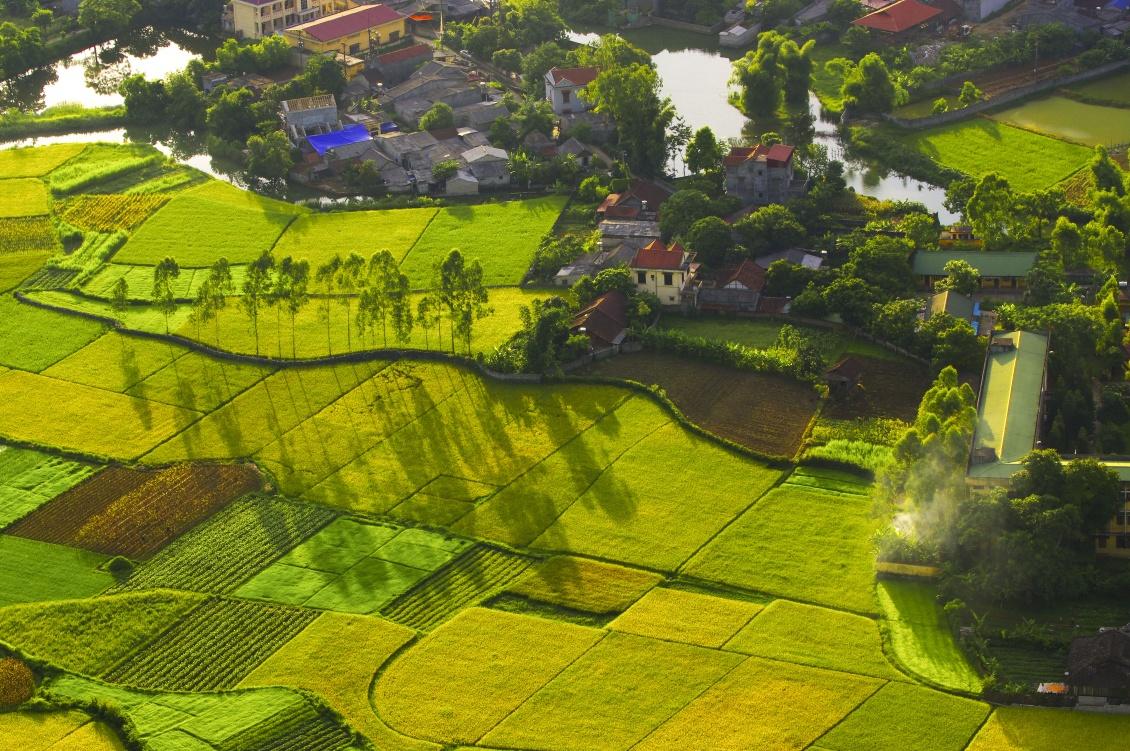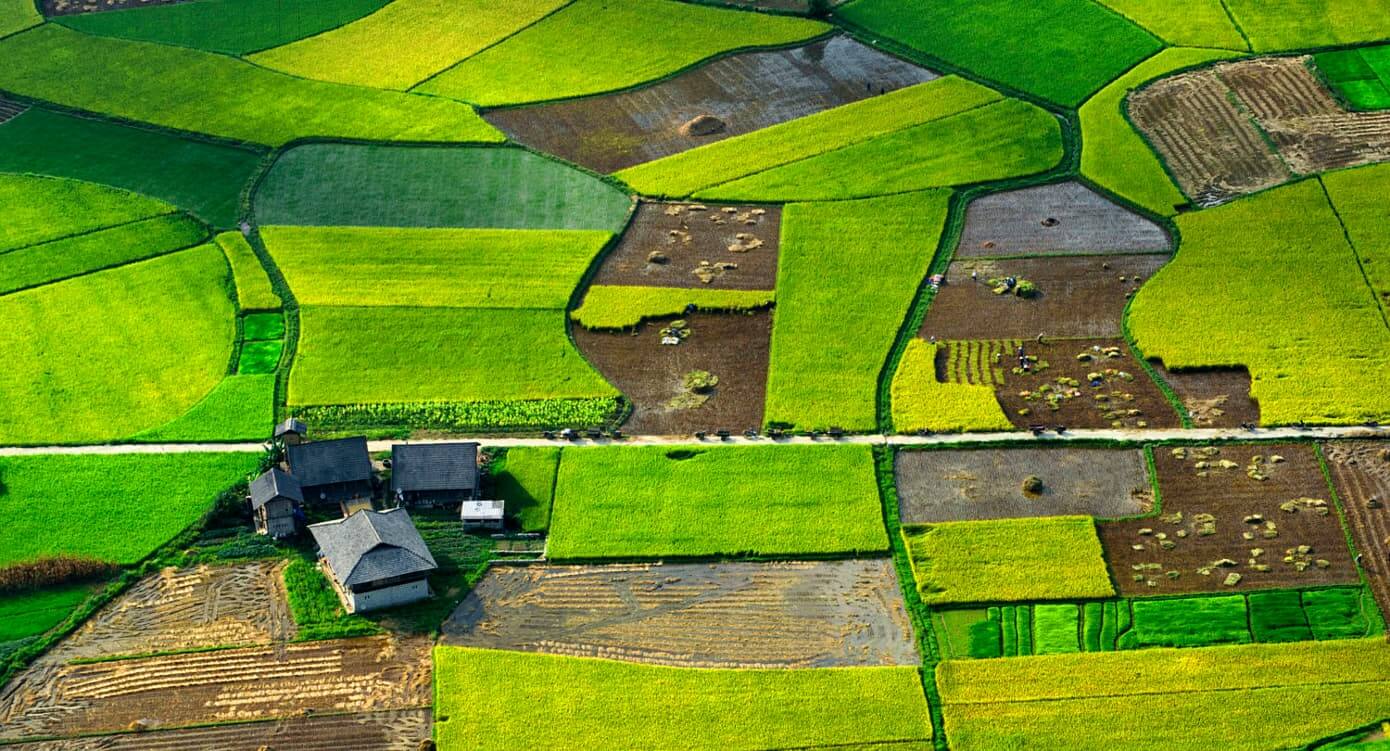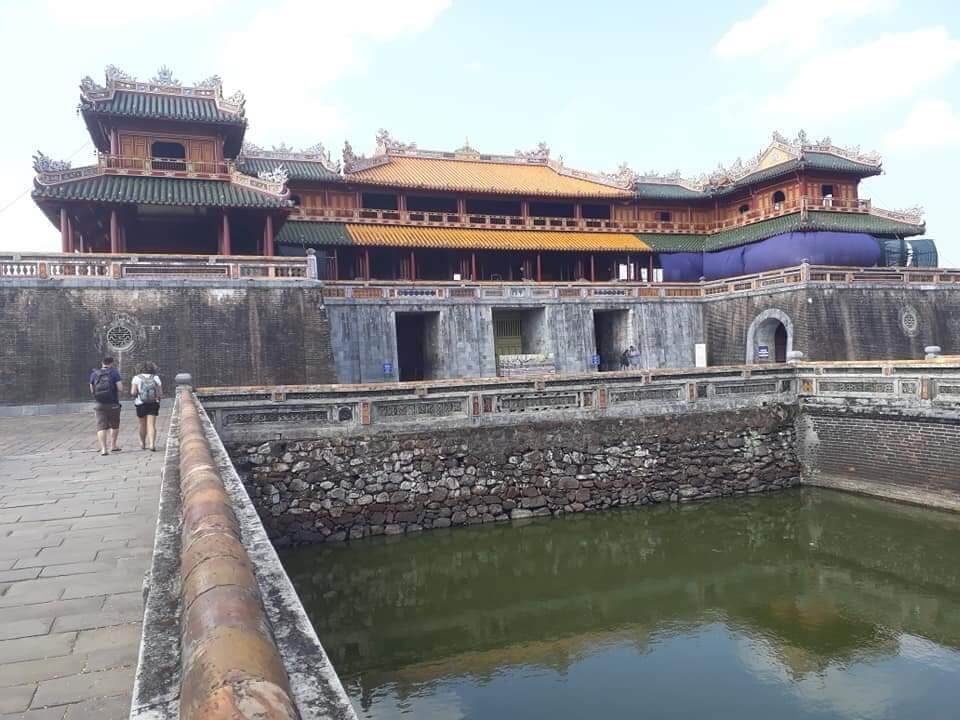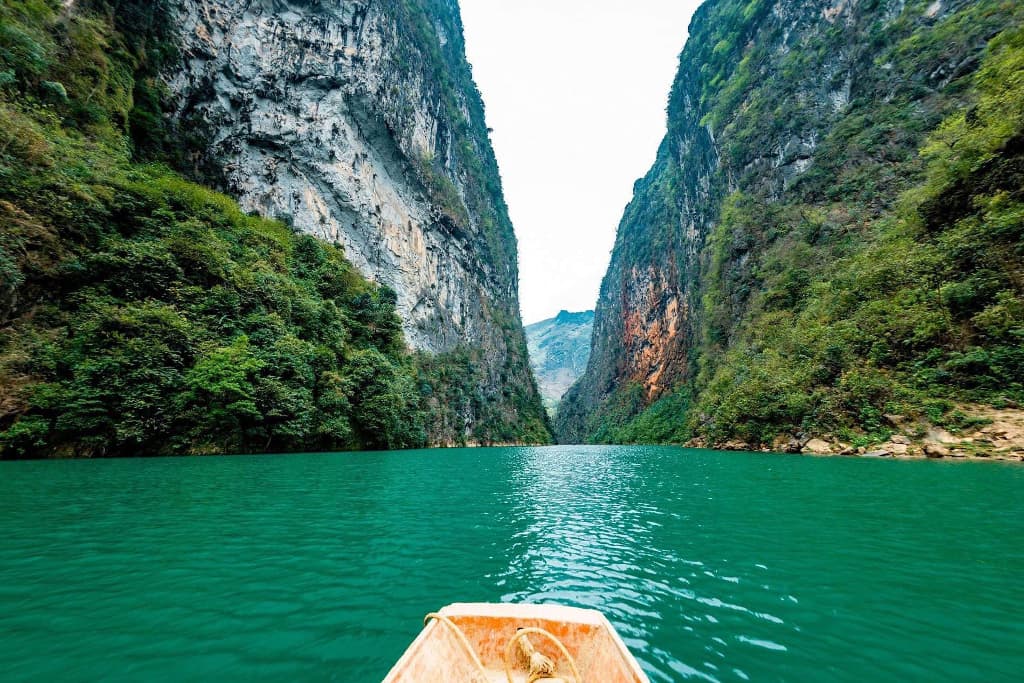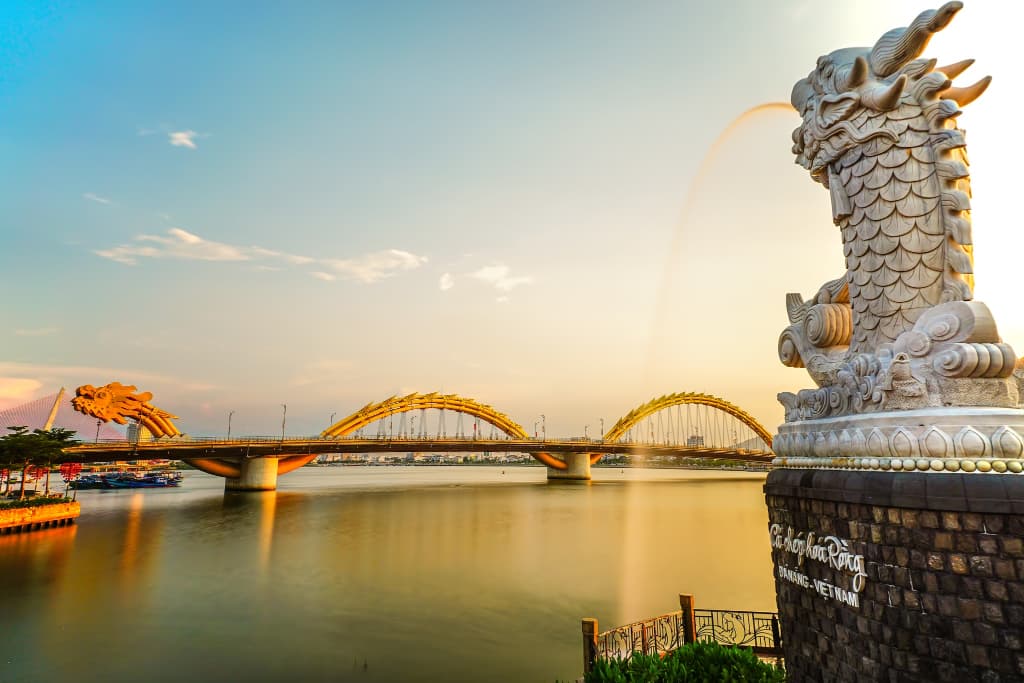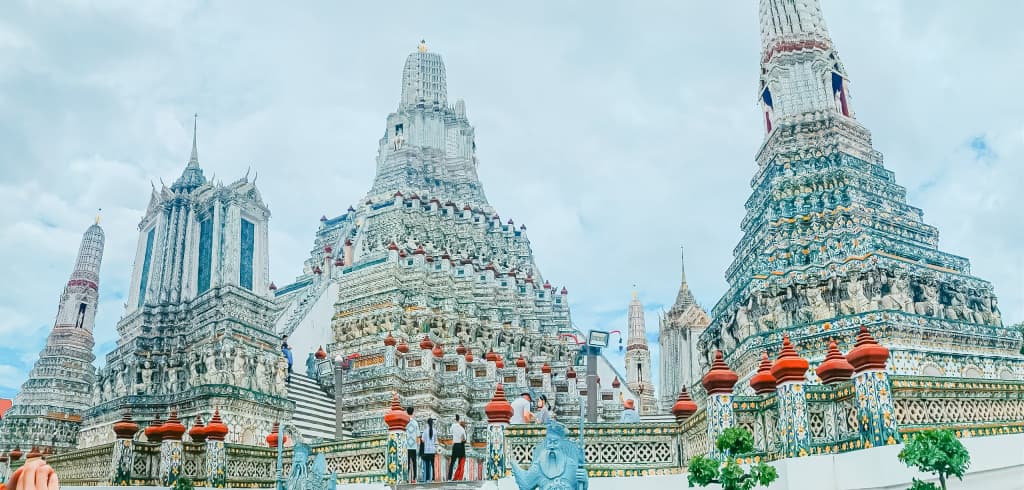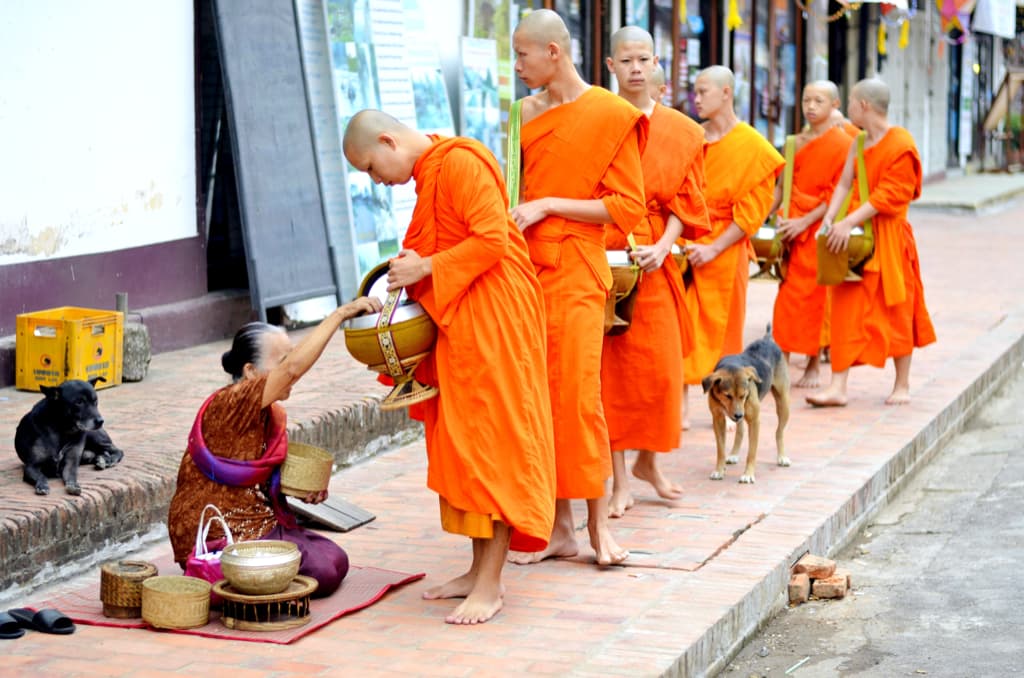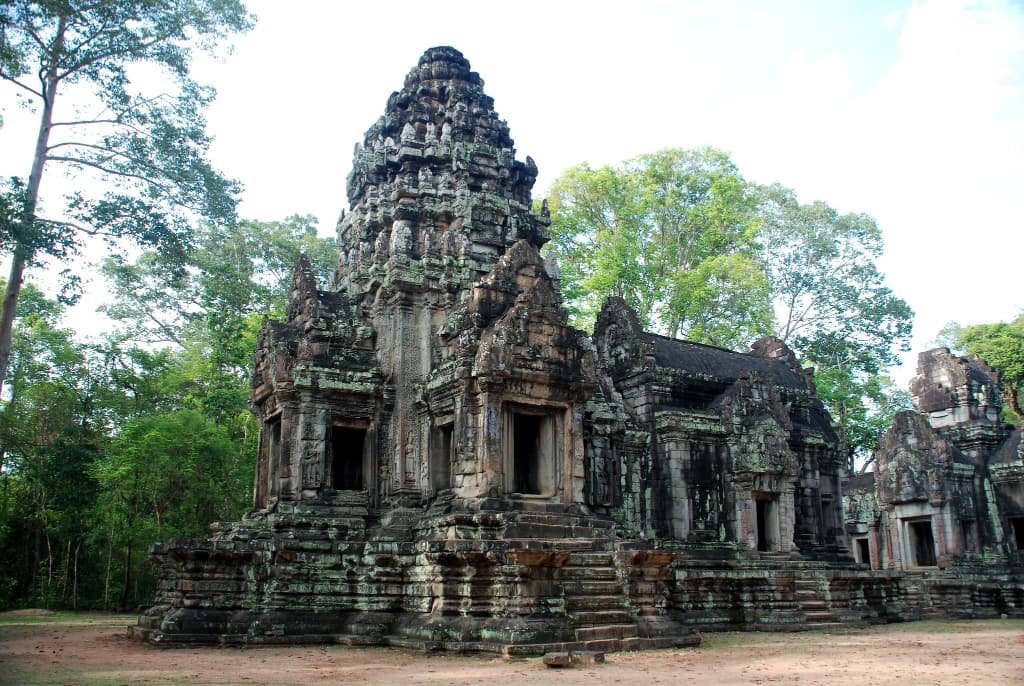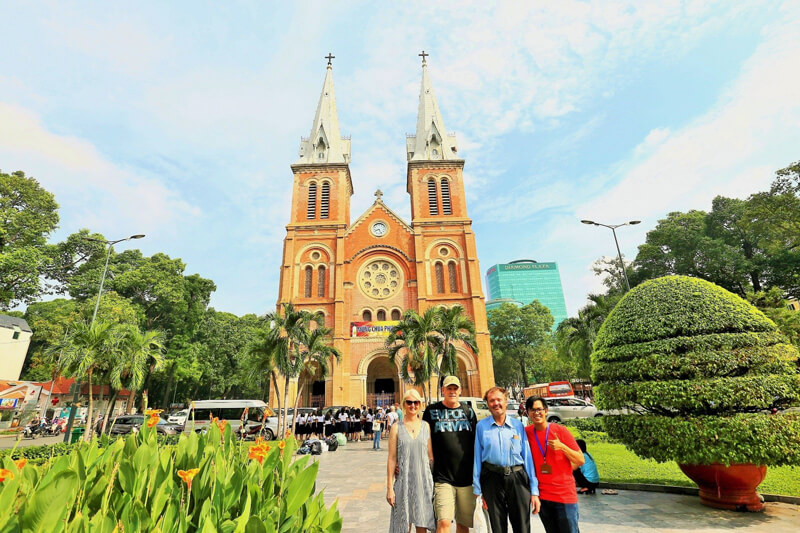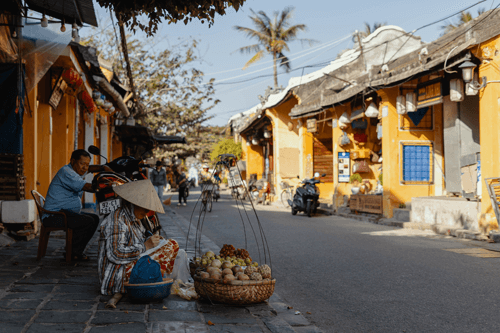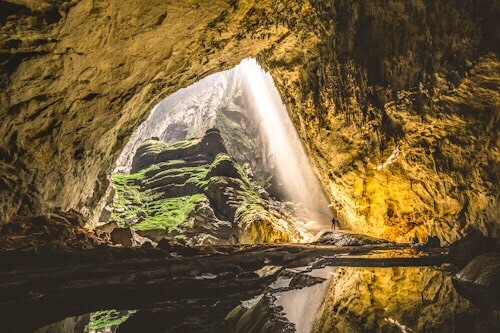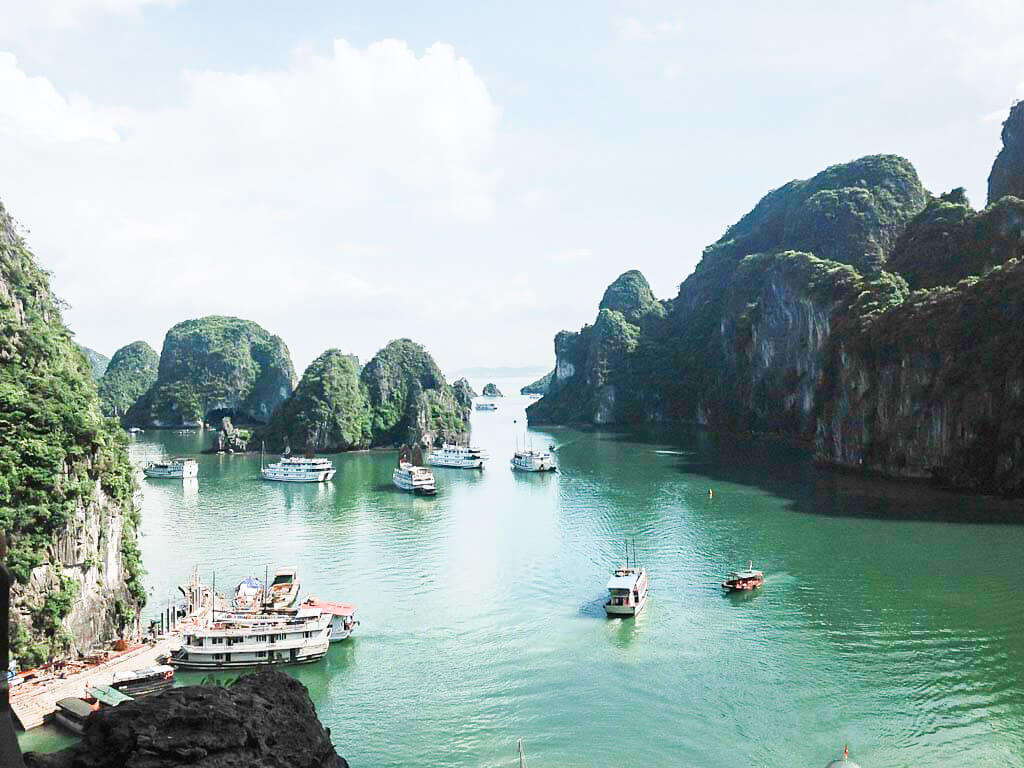Explore the Majestic Marble Mountains in Da Nang, Vietnam
Discover the natural wonders and spiritual sites of the Marble Mountains in Da Nang. Explore caves, tunnels, and Buddhist shrines in this cluster of marble and limestone hills.
Introduction
Nestled just south of the bustling city of Da Nang in central Vietnam lies a natural wonder that captivates visitors with its majestic beauty and rich spiritual history. The Marble Mountains, known locally as Ngu Hanh Son, are a cluster of five marble and limestone hills that rise dramatically from the flat surrounding landscape. Named after the five elements - Kim (metal), Thuy (water), Moc (wood), Hoa (fire), and Tho (earth) - each mountain has its own unique character and significance.
For centuries, the Marble Mountains have been a sacred pilgrimage site for Buddhists and a source of inspiration for artists and poets. The mountains are home to an extensive network of caves, tunnels, and temples, many of which contain intricate carvings and sculptures. Visitors can explore this fascinating underground world and marvel at the skill and devotion of the artisans who created these masterpieces.
In this blog post, we'll take you on a journey through the Marble Mountains, revealing their hidden wonders and sharing tips for making the most of your visit. So grab your hiking shoes and get ready to discover one of Vietnam's most enchanting destinations!
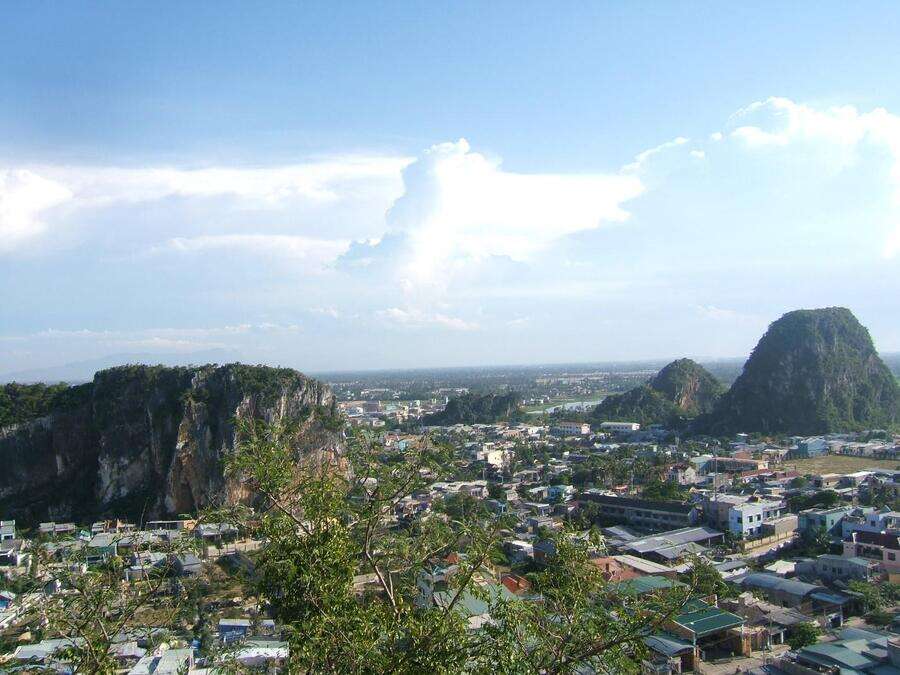
Getting There
The Marble Mountains are located just 9 kilometers south of Da Nang city center, making them an easy day trip from the city or the nearby town of Hoi An. If you're staying in Da Nang, you can reach the mountains by taxi or motorbike in about 15-20 minutes. Many hotels and tour operators also offer half-day or full-day excursions to the Marble Mountains, which can be a convenient option if you prefer to have transportation and a guide arranged for you.
For those traveling from Hoi An, the journey takes a bit longer - about 30-40 minutes by car or motorbike. Again, many tour companies in Hoi An offer trips to the Marble Mountains, or you can hire a private driver for the day.
Once you arrive at the base of the mountains, you'll find plenty of parking and a number of souvenir shops selling marble statues, jewelry, and other handicrafts. The main entrance to the Marble Mountains is located at the foot of Thuy Son, the largest and most popular of the five peaks.
Thuy Son - The Water Mountain
Thuy Son is the only mountain that is accessible to visitors, and it's where you'll find most of the caves, temples, and viewpoints. To reach the top, you can either climb the steep stone staircase or take the glass elevator that was installed in recent years. The elevator costs 15,000 VND (about $0.65 USD) per person for a one-way trip, and it's a quick and easy way to ascend if you're not up for the hike.
Once you reach the summit of Thuy Son, you'll be rewarded with breathtaking panoramic views of the coastline, the East Sea, and the other Marble Mountains. On a clear day, you can even see the skyscrapers of Da Nang in the distance. Take a moment to soak in the scenery before exploring the many caves and temples scattered across the mountain.
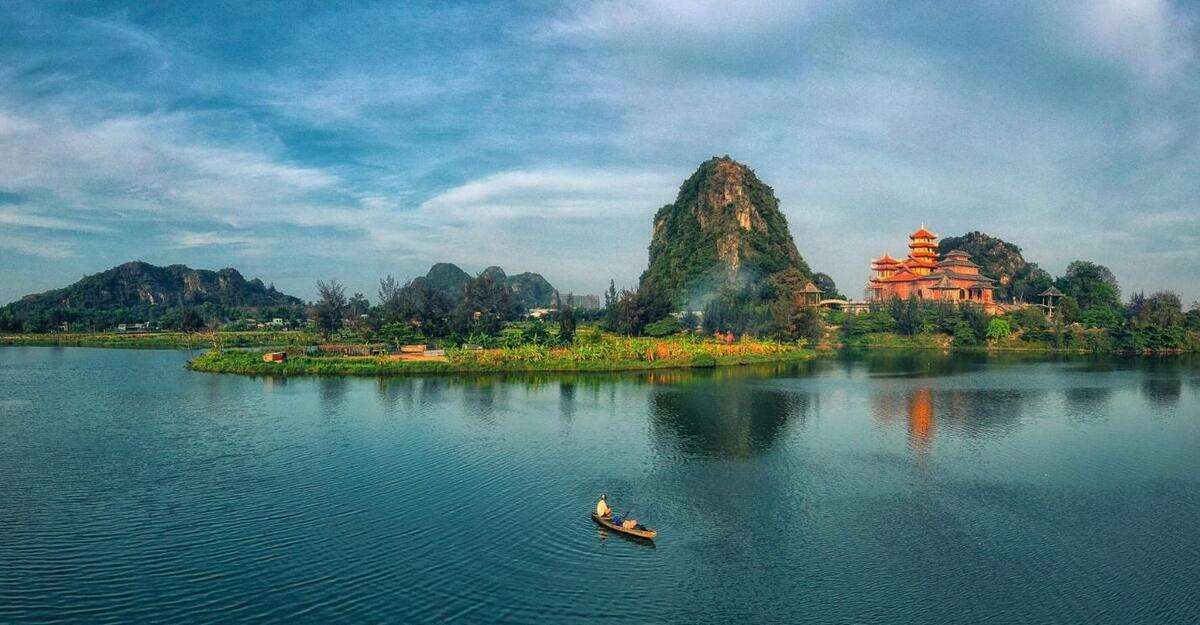
Huyen Khong Cave
One of the most impressive sites on Thuy Son is Huyen Khong Cave, a massive cavern that was used as a secret hospital and shelter during the Vietnam War. The cave entrance is marked by a towering gate and a series of stone steps leading down into the darkness. As you descend, you'll notice the temperature drop and the air become cool and damp.
Inside the cave, a shaft of light streams in from a collapsed section of the ceiling, illuminating the giant Buddha statue that sits at the center of the cavern. The statue, which depicts the Buddha in a reclining position, is surrounded by smaller shrines and altars where visitors can light incense and offer prayers. The cave walls are adorned with intricate carvings and inscriptions, some of which date back hundreds of years.
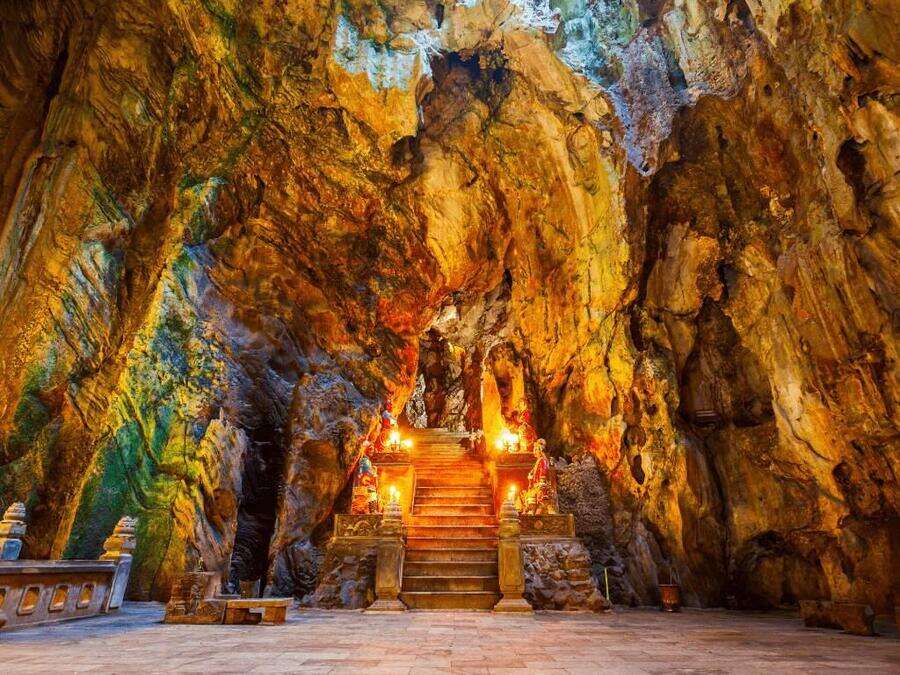
Van Thong Cave and the "Heaven's Gate"
Another must-see site on Thuy Son is Van Thong Cave, also known as the "Heaven's Gate." To reach this hidden gem, you'll need to climb a narrow, winding path that leads up the side of a cliff. The trail can be steep and slippery in places, so wear sturdy shoes and watch your step.
At the end of the path, you'll emerge into a small, open-air cave with a stunning view of the mountains and the sea below. The cave is named for the natural arch that frames the entrance, which resembles a gateway to heaven. Take a moment to catch your breath and snap some photos before making your way back down.
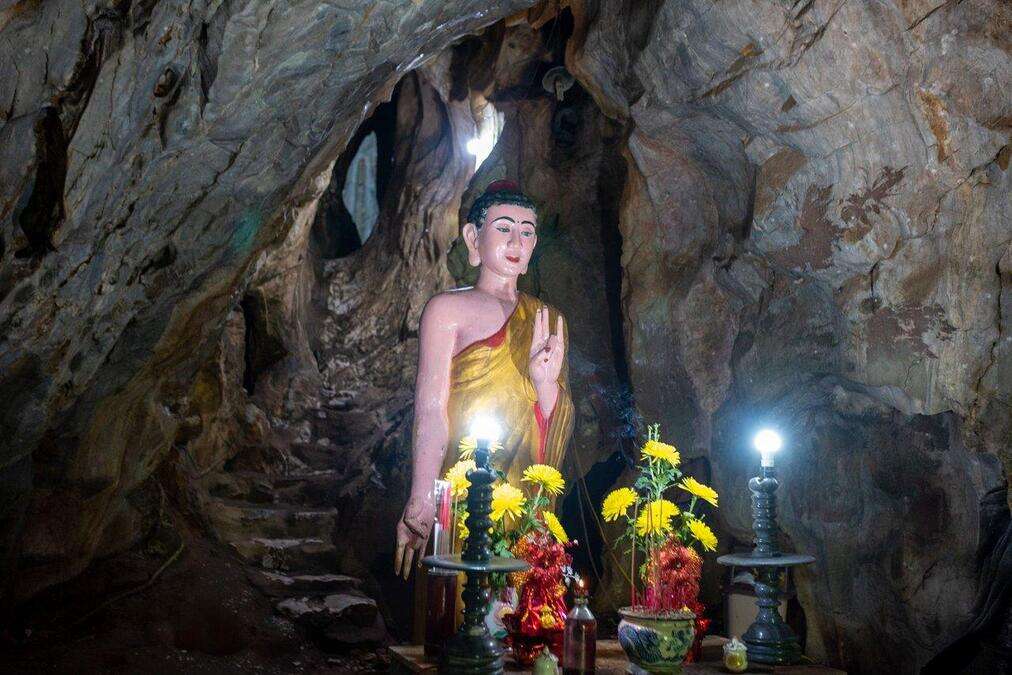
Linh Ung Pagoda
Perched atop a hill on the eastern side of Thuy Son, Linh Ung Pagoda is a serene and beautiful spot to take in the views and learn about Buddhist culture. The pagoda was built in the 18th century and has been renovated several times over the years. It features a mix of traditional Vietnamese and Chinese architectural styles, with ornate carvings, colorful tiles, and a towering white Buddha statue.
Inside the pagoda, you'll find a peaceful courtyard with bonsai trees, lotus ponds, and a number of smaller shrines and altars. Take a moment to light some incense, make an offering, and soak in the tranquil atmosphere. If you're lucky, you may even spot some monks going about their daily rituals.
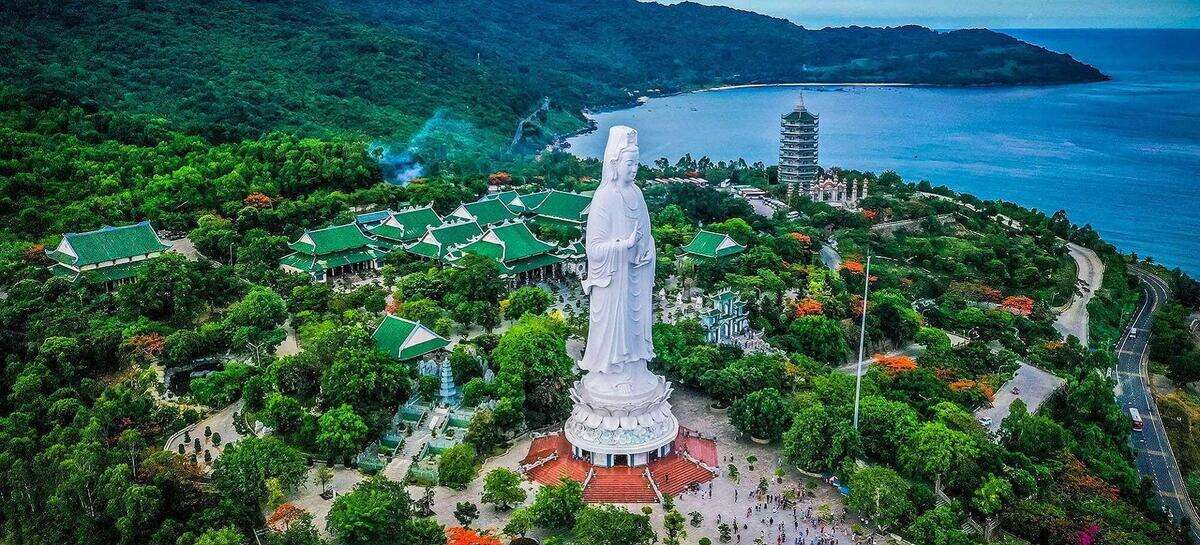
Am Phu Cave - The "Hell Cave"
For a more adventurous experience, head to Am Phu Cave, also known as the "Hell Cave." This eerie cavern is filled with statues and carvings depicting scenes from Buddhist hell, where sinners are punished for their misdeeds in gruesome and terrifying ways.
As you make your way through the dimly lit tunnel, you'll pass by depictions of souls being boiled in cauldrons, sawed in half, and tortured in other horrific ways. It's a sobering reminder of the consequences of leading an immoral life, according to Buddhist beliefs.
At the end of the cave, you'll emerge into a small chamber with a statue of the Buddha of Compassion, who is said to offer salvation to those who repent for their sins. It's a powerful and thought-provoking experience that will stay with you long after you leave.
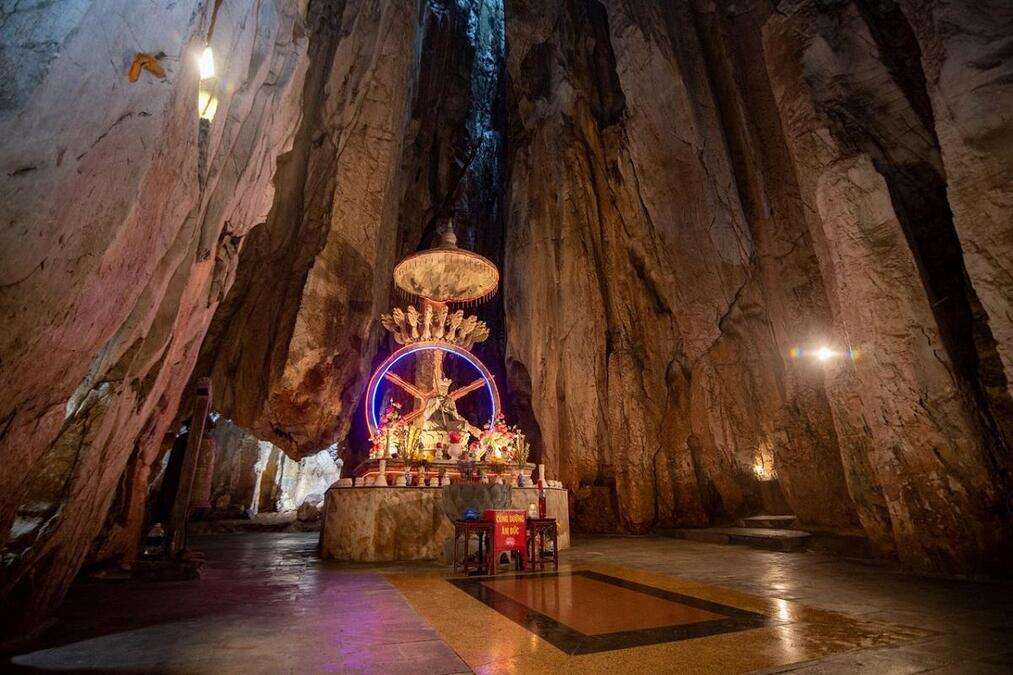
Tips for Visiting
- Wear comfortable shoes with good traction, as the paths and stairs can be steep and slippery.
- Bring plenty of water and snacks, as there are limited options for food and drink on the mountain.
- Be respectful of the religious sites and customs. Dress modestly, remove your shoes before entering temples, and avoid touching or climbing on the statues and carvings.
- Visit early in the morning or later in the afternoon to avoid the heat and crowds. The mountains can get very busy during peak tourist season (December to April).
- Allow at least 2-3 hours to explore the main sites on Thuy Son, more if you want to visit all five mountains.
- Consider hiring a guide or joining a tour to learn more about the history and significance of the Marble Mountains. Many hotels and tour operators in Da Nang and Hoi An offer half-day or full-day excursions.
Conclusion
The Marble Mountains of Da Nang are a true natural and spiritual wonder that should not be missed on any trip to central Vietnam. Whether you're a history buff, a nature lover, or simply seeking a unique and memorable experience, these majestic peaks have something to offer everyone.
From the stunning views and intricate carvings of Thuy Son to the eerie depths of Am Phu Cave, the Marble Mountains are a testament to the skill, creativity, and devotion of the people who have shaped this landscape over the centuries. By exploring these sacred sites with an open mind and a sense of adventure, you'll gain a deeper appreciation for the rich culture and history of Vietnam.
So what are you waiting for? Pack your bags, grab your camera, and head to Da Nang to discover the magic of the Marble Mountains for yourself. Trust us, it's an experience you'll never forget!



